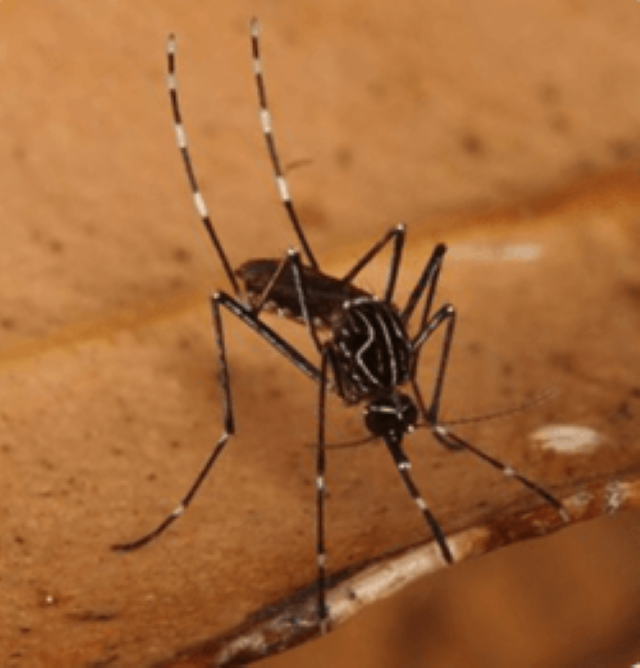Several Geelong suburbs have been put on notice as cases of a flesh-eating ulcer spreads across the city.
Deputy Chief Health Officer (Communicable Disease) Associate Professor Deborah Friedman issued a warning on Wednesday for the Buruli ulcer and identified Belmont, Highton, Newtown, Wandana Heights, Grovedale and Marshall as suburbs most at risk as well as the Bellarine Peninsula, Aireys Inlet and the Surf Coast.
Also known as the Bairnsdale ulcer, at least 266 cases have been reported across Victoria this year.
The Buruli ulcer is a skin disease caused by the bacterium Mycobacterium ulcerans.
The state’s health department said transmission of the flesh eating ulcer was expected to increase this summer in coastal Victoria and metropolitan Melbourne.
Deputy Director of the Barwon South West Public Health Unit Associate Professor Daniel O’Brien said the team and researchers from CSIRO Geelong are currently undertaking analysis of new cases and their locations to better inform the community and local GPs on where and how the ulcer is being acquired.
It is hoped that a better understanding of the ulcer can help minimise the risk of catching the disease, help prevent its spread and help ensure early diagnosis and prompt treatment of those infected.
“Our team here at the Barwon South West Public Health Unit of clinicians and epidemiologists, are working with patients, GPs, researchers at CSIRO Geelong and the Department of Health to
identify cases as early as possible to help ensure early diagnosis and prompt treatment and also develop our understanding of possible causes of the ulcer and its spread,” he said.
“Although the exact mechanism of infection in humans is still under investigation, we do know that some precautions can possibly reduce the risk of infection.”
Research has shown that areas where humans are most frequently contracting Buruli ulcer are areas where soil, mosquitoes and possums are most frequently carrying the causative bacteria.
Infections are also more likely acquired in the warmer months, but can be acquired at any time of the year.







